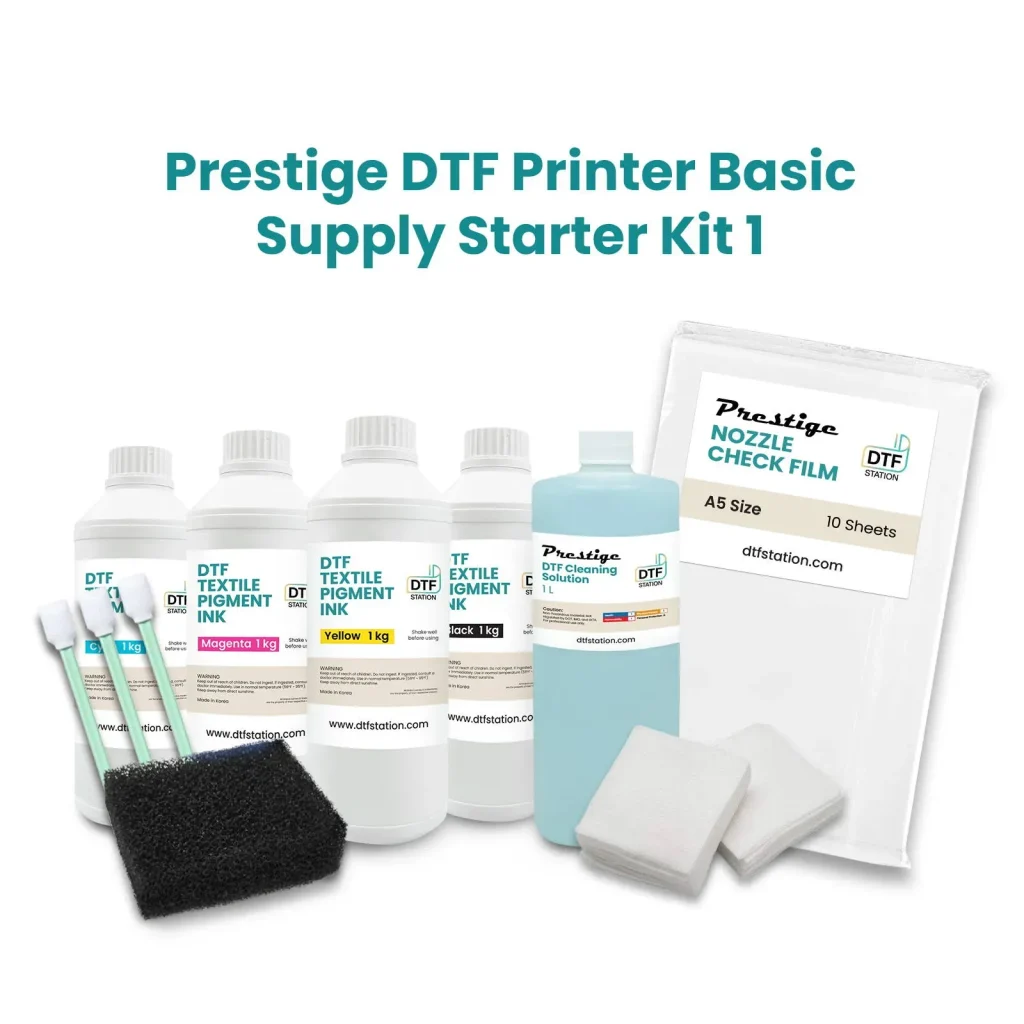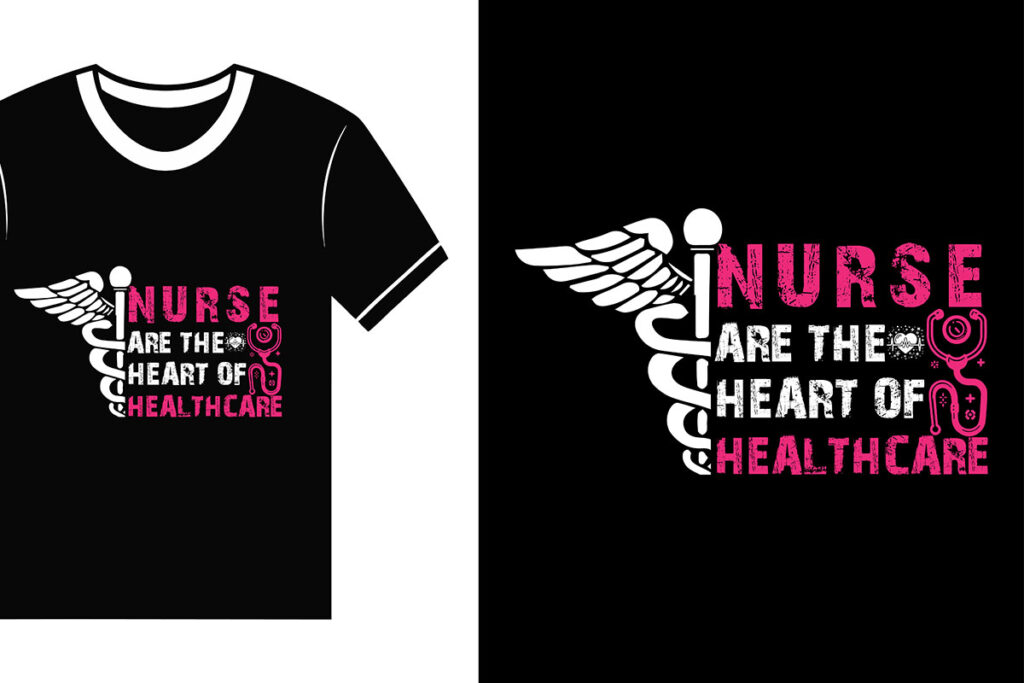DTF Supplies are revolutionizing the textile printing landscape, introducing both artists and entrepreneurs to an innovative method that marries creativity and efficiency. With the incorporation of specialized materials such as DTF films and high-quality DTF inks, businesses can create vibrant and intricate designs on a plethora of fabrics. Essential components like hot-melt adhesives and specialized heat presses play a crucial role in ensuring that prints not only look stunning but also withstand the test of time. As DTF printing continues to capture attention due to its versatility and ease of use, understanding the array of available DTF Supplies is vital for maximizing your printing potential. This introductory guide will delve deeper into the necessary supplies, helping you elevate your textile printing capabilities to new heights.
In the realm of fabric decoration, direct-to-film technology has emerged as a game-changer, providing an effective solution for high-quality designs. By embracing this advanced printing method, creatives can explore a broad spectrum of applications, from custom apparel to promotional products. Essential items such as transfer films, pigment-based liquids, and specialized bonding agents play a pivotal role in the success of the printing process. Furthermore, acquiring the right heat application equipment allows for seamless transfers, enhancing the durability and vibrancy of prints. This article will shed light on key components and best practices that can significantly improve your results in direct-to-film production.
Understanding DTF Printing Basics
DTF printing, or Direct to Film printing, is an innovative technique that has reshaped the landscape of textile printing. This method allows for the creation of intricate designs that are transferred onto various fabrics, making it ideal for customized apparel and promotional items. Understanding the foundational concepts of DTF printing, including the technologies involved, is crucial for anyone interested in entering the industry.
At its core, DTF printing involves using specialized films that act as a medium to transfer vibrant inks onto fabric. This not only ensures high-quality prints but also opens up a multitude of creative possibilities for designers. With the right equipment and supplies, practitioners can utilize DTF printing to produce detailed and durable designs, catering to a wide array of consumer preferences.
Exploring Essential DTF Films
DTF films are pivotal in the DTF printing process, serving as the canvas upon which vibrant designs are printed before being transferred to fabric. A careful selection of films can dramatically affect the quality of the final print, including elements such as sharpness, color fidelity, and adherence. Quality brands like MCT and TDTF continue to innovate, providing filmmakers with options that cater to diverse printing needs.
In addition to print quality, the right DTF film can enhance the efficiency of the transfer process. Films that are designed to work seamlessly with specific inks and hot-melt adhesives can significantly reduce production time and improve durability once transferred. Understanding the specifications and compatibility of DTF films is essential for achieving optimal results with each printing project.
Choosing the Right DTF Inks
Quality inks are fundamental to successful DTF printing, impacting both the vibrancy and longevity of the final product. Eco-friendly options, like water-based inks, are increasingly favored for their less harmful environmental impact, while also providing superb color saturation. Suppliers like Epson offer inks that are specifically formulated for DTF applications, ensuring compatibility with various films and substrates.
Moreover, when selecting DTF inks, it’s important to consider factors such as drying time, adhesion properties, and resistance to washing. These characteristics can influence not only the print quality but also the overall customer satisfaction with the final product. Therefore, investing in top-tier DTF inks can lead to repeat business and positive brand reputation.
The Role of Hot-Melt Adhesives
Hot-melt adhesives play a vital role in the success of DTF transfers by ensuring that prints securely bond to fabrics during the heat transfer process. These adhesives provide excellent wash durability, meaning that printed designs remain intact even after multiple cycles in the washing machine. The right type of adhesive, chosen based on fabric compatibility and application method, can make a significant difference in the longevity of printed items.
In the DTF printing setup, hot-melt adhesives are typically applied as a powder after the ink has been printed onto the film. This step ensures that once heat is applied, the adhesive melts and binds the design effectively to the fabric. Understanding the various types of adhesives available, and how they interact with different fabrics and inks, is crucial for achieving high-quality results.
Investing in Specialized Heat Presses
The heat press is an integral piece of equipment in DTF printing, providing the precise temperature and pressure needed to successfully transfer designs onto various materials. Specialized heat presses designed specifically for DTF applications ensure that prints are applied uniformly, enhancing overall print quality. Features such as digital timers and adjustable pressure settings allow for custom settings that suit different types of fabrics.
Investing in a high-quality heat press can lead to better results and increased efficiency in your production process. Dual-function heat presses are especially versatile, allowing for various printing methods beyond DTF. With the right machinery, businesses can easily scale production, adapting to an increase in demand while maintaining quality.
Navigating Market Trends in DTF Printing
As the DTF printing method grows in popularity, various market trends indicate a shift towards increased accessibility and personalization in textile printing. Businesses are leveraging DTF technology due to its cost-effectiveness and ability to produce highly detailed designs on a wide array of materials. This flexibility appeals to brands looking to differentiate their apparel through unique customizations.
Moreover, as more consumers seek personalized items, the demand for DTF printing services continues to rise. Companies that keep on top of market trends are better positioned to capitalize on the shifting consumer preferences, thereby gaining a competitive edge in the ever-evolving printing industry. Engaging with the community and utilizing resources can help stay informed about these trends.
Frequently Asked Questions
What are DTF supplies and why are they important for DTF printing?
DTF supplies refer to the materials and equipment essential for Direct to Film printing, including DTF films, DTF inks, hot-melt adhesives, and specialized heat presses. These supplies significantly impact print quality and efficiency, enabling businesses to create vibrant and durable designs on various fabrics.
How do DTF films affect the quality of my prints in DTF printing?
DTF films play a crucial role in the Direct to Film printing process, as they are designed to receive and transfer ink onto fabric effectively. The choice of high-quality DTF films ensures excellent print results, improved transfer efficacy, and a more successful final product.
What types of DTF inks are recommended for high-quality printing?
For high-quality DTF printing, it is recommended to use eco-friendly water-based inks. These inks, developed by suppliers like Epson and Sensient Technologies, offer vibrant colors, great color saturation, and enhanced durability, making them ideal for efficient and sustainable printing.
What is the function of hot-melt adhesives in DTF supplies?
Hot-melt adhesives are critical in DTF printing as they ensure a strong bond between the fabric and the printed design during the heat transfer process. These adhesives enhance the wash durability of the prints, ensuring that designs withstand repeated washing and wear.
Why is a specialized heat press important for DTF printing?
A specialized heat press is essential for DTF printing because it provides the necessary temperature and pressure required to transfer designs effectively onto fabric. Investing in a quality heat press ensures consistent results and improves the overall transfer quality of your prints.
Where can I find reliable DTF supplies and resources for my printing business?
Reliable DTF supplies can be obtained from reputable distributors and manufacturers such as Epson and Brother. Additionally, educational resources like webinars, tutorials, and community forums can provide valuable insights into best practices and advanced techniques in DTF printing.
| Key Point | Details | ||
|---|---|---|---|
| Introduction to DTF Printing | DTF printing combines efficiency with creativity, using specialized supplies to create complex designs on various fabrics. | ||
| Essential DTF Supplies | |||
| DTF Films | Essential for transferring ink onto fabric; choice of high-quality films impacts print quality. | ||
| Inks | High-quality inks, especially eco-friendly options, are vital for vibrant prints. | ||
| Adhesives | Hot-melt adhesives secure transfers and enhance wash durability of prints. | ||
| Printing Equipment | |||
| Printers | Specialized printers ensure efficiency and quality outputs. | ||
| Heat Presses | Crucial for transferring designs with appropriate temperature and pressure. | ||
| Market Trends | |||
| Ease of Production | Simplifies the production process for complex designs. | ||
| Versatility | Allows printing on various materials, appealing to diverse needs. | ||
| Best Practices | |||
| Printer Maintenance | Regular cleaning and following recommended settings ensures quality. | ||
| Material Compatibility | Ensure supplies are compatible to prevent printing issues. | ||
| Training and Community Involvement | Engage in learning and community forums for updates and techniques. | ||
Summary
DTF Supplies play a crucial role in the realm of textile printing, enhancing the printing potential of businesses and artists alike. Understanding the various components such as DTF films, inks, and adhesives is essential for achieving high-quality outputs. Investing in the right equipment, like specialized printers and heat presses, further amplifies productivity and print quality. As DTF printing continues to grow in the market, embracing best practices through continuous learning and community engagement will not only improve print outcomes but also foster significant business growth. Therefore, leveraging quality DTF supplies and staying informed about industry trends are imperative steps toward success in this innovative printing landscape.



